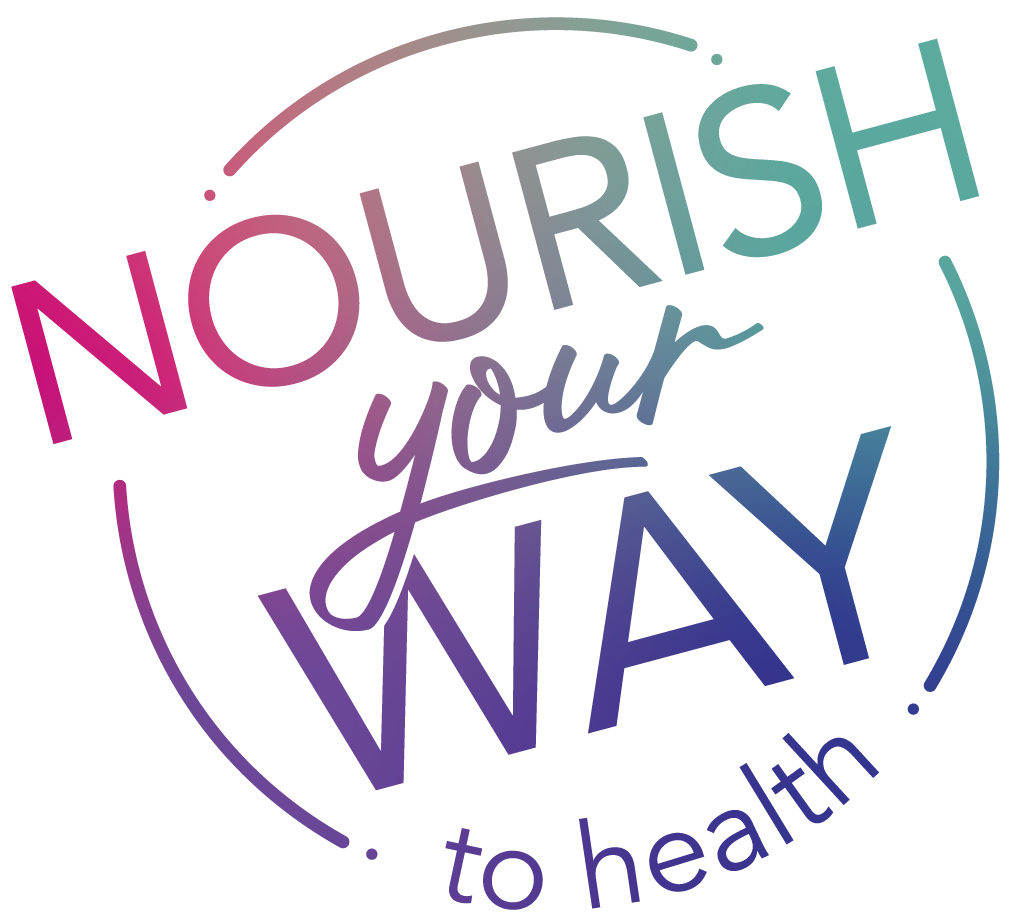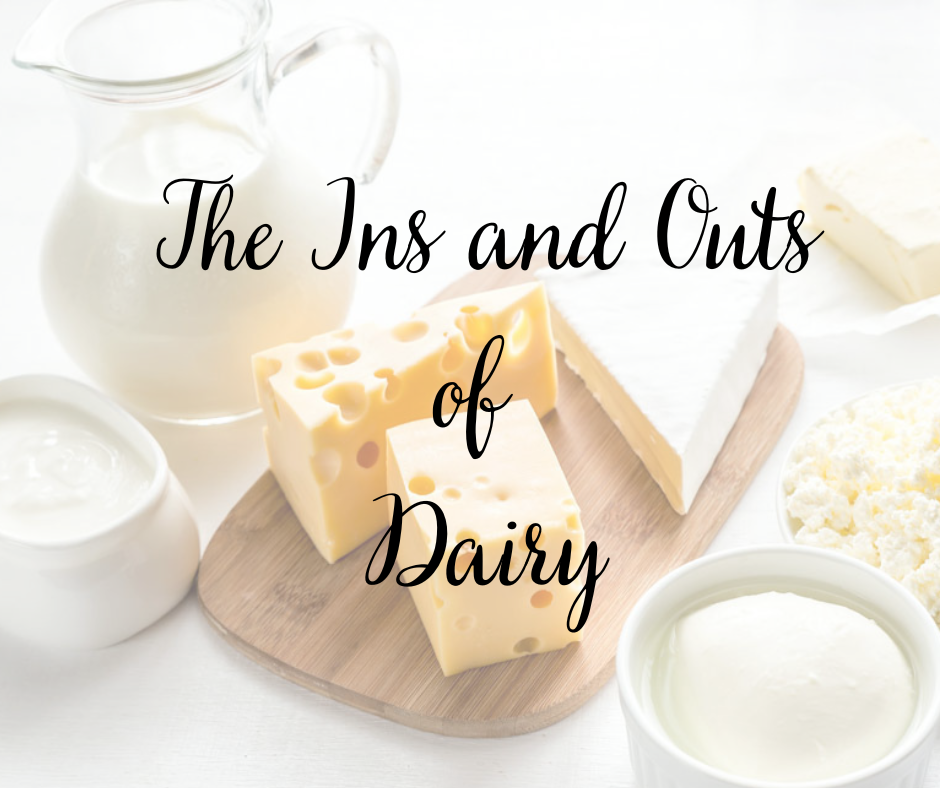
Dairy can be confusing. From some health resources I’ve researched, they say dairy should be totally avoided. I really like what Dr. Mark Hyman has to say about it. Here is the summary. Thank god I can eat a little cheese! YAY!
The thing about dairy is . . .
It’s not necessarily the source of calcium that we’ve been told about. Pro-milk advice benefited the dairy industry and a huge incentive by the USDA created the National Dairy Promotion and Research Board. Remember the slogan, “Milk does a body good.” From what I’ve researched, it doesn’t.
Good for our bones? Not so much. We were told that we should drink low-fat or non-fat milk. Again, wrong info. Many people are allergic to the proteins in dairy or have trouble digesting it. At one time, dietary guidelines advised adults to drink at least three cups of milk daily and children at least two. Bad info. Of course, babies need breast milk from their human mothers—optimal nutrition.
True, milk contains vitamins A, B and D calcium, and magnesium, but unfortunately about 70% of the world’s population suffers from milk-induced digestive issues lactose intolerance. Dairy causes problems in people who have irritable bowel syndrome and leaky gut. One milk protein has also been linked to prostate cancer, while many have allergies to milk, especially children.
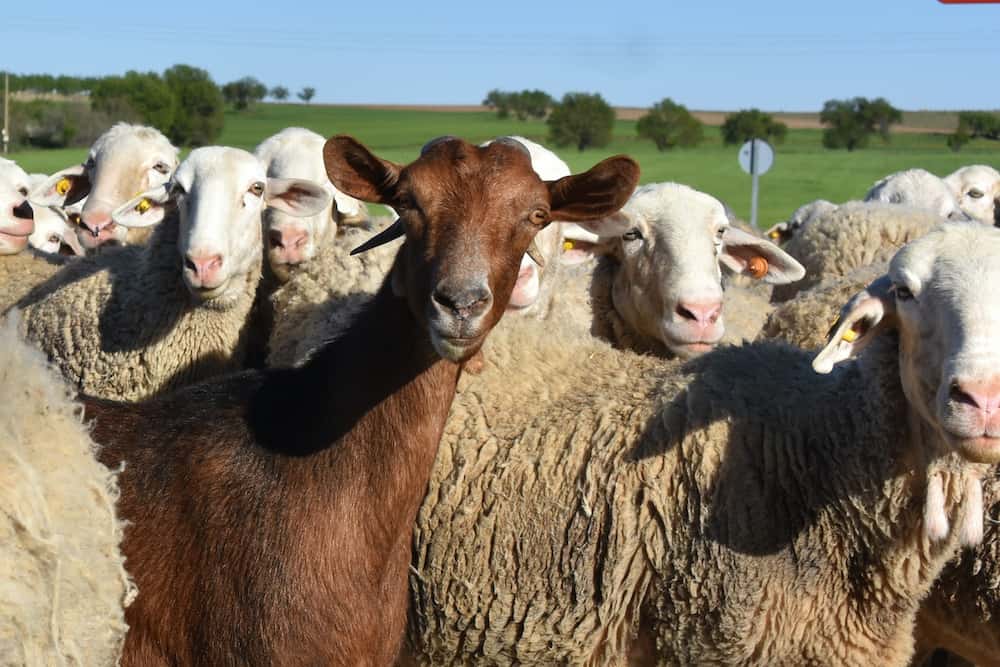
Goat's and sheep's milk is better...
A few dairy exceptions
Goat’s and sheep’s milks are different than cow’s milk. For many, cow’s milk is very inflammatory, causing gut problems, allergies, acne, and eczema. Modern cows are bred with high levels of A1 casein, not A2 casein. Goat’s milk only has A2 casein and is not inflammatory. People who consume milk with A2 casein, studies have shown, reduce inflammatory bio markers, improve cognitive function, and no gastrointestinal symptoms appear. A2 milk also boosts the dynamic detoxifying antioxidant compound called glutathione. Goat’s milk can be a good alternative to cow’s milk.
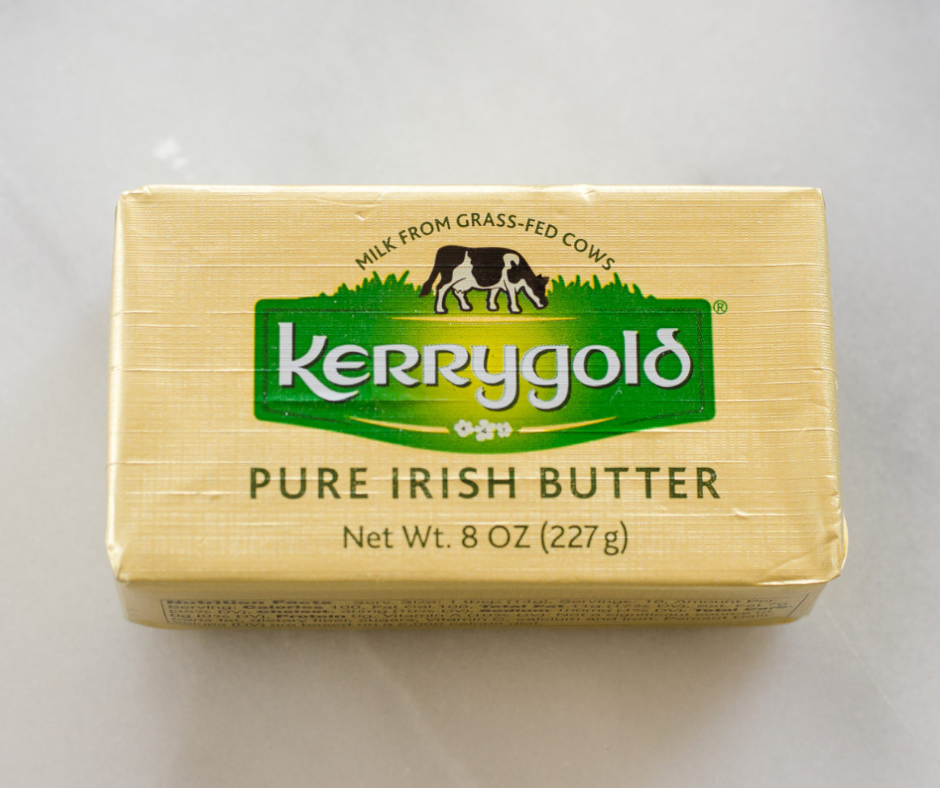
My favorite grass-fed butter brand
What about butter?
Yes, butter is back! Dairy fat has never been the problem. Butter from grass-fed or pasture-raised cows has an omega-6 to omega-3 ratio of 1:1. When conventionally raised cattle are fed corn, soy, and grains, then the omega-6 is higher which sets the stage for inflammation. We need fat to properly digest some of the fat-soluble vitamins in plants. Grass-fed butter is one of the best sources of binding linoleic acid (CLA), which boosts your metabolism and helps prevent cancer and heart disease. Cooking butter from grass-fed cows is great—so feel free to melt some on your veggies, cook your eggs in it, or melt a pad of butter on your broiled fish. Using butter adds texture, flavor, and moisture to your food.
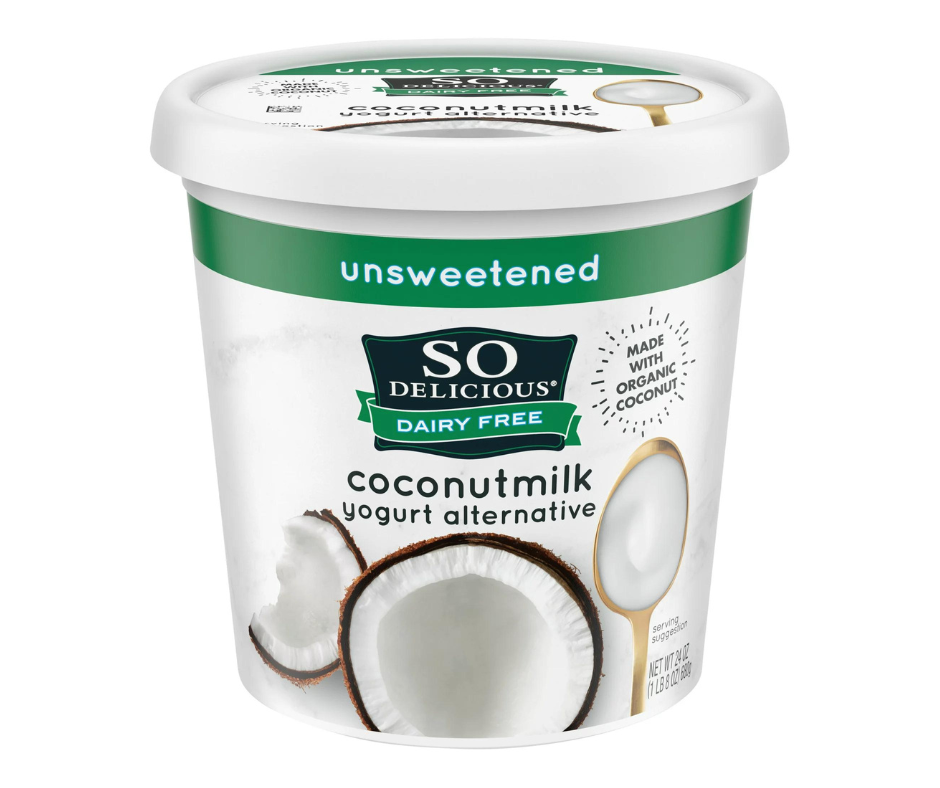
Love this coconut yogurt brand
"So Delioucious"
What about yogurt or cheese?
Nut yogurt or coconut yogurt are fine alternatives but it may be difficult to find any without sugar. It’s better to make your own although this is a longer process. Sugar-free goat’s or sheep’s milk may also be used as a healthier alternative.
Cheese: If you include cheese in your diet, the best options are whole-milk cheese from pasture-raised cows or cheese from goat’s or sheep’s milk. Some of my recipes include these cheeses in small amounts to add just a touch of flavor. It’s best not to overindulge in cheese.

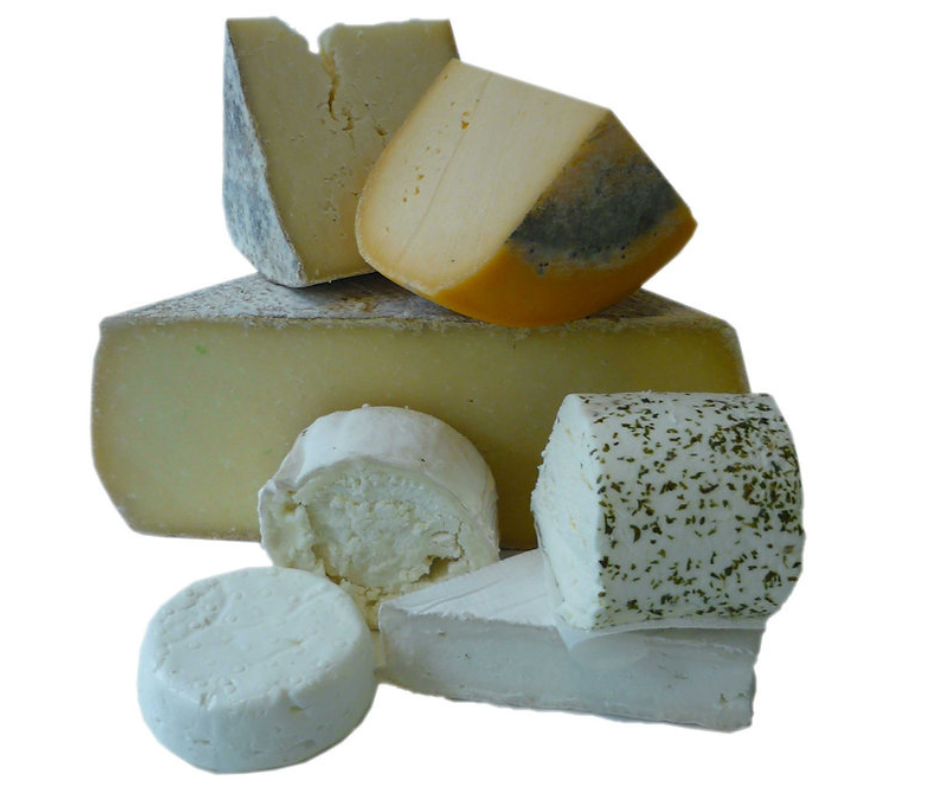
What Are the Characteristics of Goat’s Milk Cheese?
Goat cheese, often called by its French name, chèvre, is any cheese made entirely from goat’s milk. Goat milk is low in casein, a milk protein that curdles, so it produces a very small, soft curds that crumble easily. When young, goat cheese tends to be soft, spreadable, and tangy; while aged goat cheese can be chalky, crumbly, and earthy. Goat’s cheese has high levels of vitamin A, which actually makes goat cheese slightly whiter in color, very high amounts of vitamins E, K, B6, and B3 (niacin). Goat cheese gets its distinctive flavor and smell from medium-chain fatty acids, including caprylic acid and capric acid.
What Are the Characteristics of Sheep’s Milk Cheese?
Sheep’s milk cheese is higher in fat and protein than goat’s milk cheese, meaning that less milk is required to make sheep cheese. It also gives sheep’s milk cheese a buttery, rich, nutty flavor. Even though sheep’s milk is high in fat, its fat molecules are very small, making sheep’s milk cheese easier to digest than goat’s milk cheese.
Sheep’s milk contains almost twice the fat and protein of goat’s milk. Fat equals flavor, but the protein content is important, too: Goat milk is lower in casein, a protein that curdles, so it produces a more crumbly curd, while sheep’s cheese is generally more cohesive. Sheep cheese is also higher in carbs, vitamin C, vitamin B12, folate, calcium, and magnesium than goat cheese.
Other sources of calcium
Luckily, we don’t really need dairy. Just a few servings of calcium-rich veggies can help you get the calcium you need, while powering up with a host of other health-boosting nutrients. Many dark leafy greens are loaded with calcium like spinach, collard greens, beet greens, bok choy, kale, dandelion greens, and mustard greens. Other veggies and healthy foods have calcium too—like snow peas, broccoli, figs, and acorn squash.
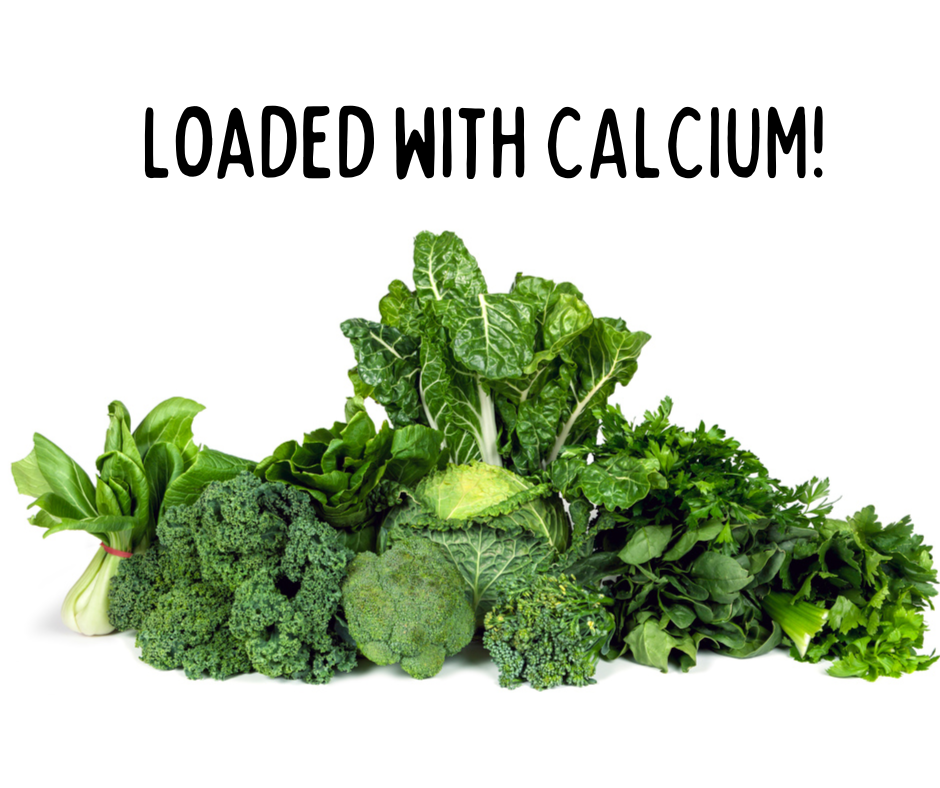
Thanks for reading!
Adrienne 😉
xo
